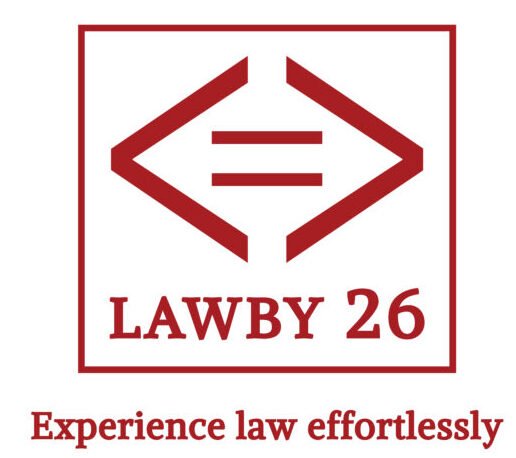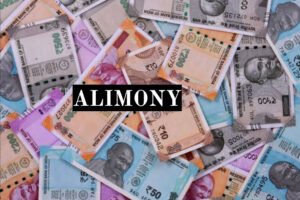The laws pertaining to copyright protection in India are governed by the Copyright Act, 1957 (Act) and the Copyright Rules. Ideas, facts, or concepts alone are not protected under this Act. Copyright safeguards the unique expression of knowledge and concepts. A copyright claim may be made by the original creator, a person who has inherited the creator’s ownership rights, or the creator’s authorised representative.
The Copyright Act provides an
- Economic right – to the author to reproduce the work, issue copies, perform or communicate it to the public, make any cinematograph film or sound recording, or make any adaptation or translation of the work.
- Paternity right or the right to claim authorship of the work
- Integrity right – which protects one’s honour and reputation
- General right – which prevents one from having a work falsely claimed to be their own.
The author retains these moral rights even after the copyright has been assigned.
Under Section 30 of the Copyright Act of 1957, copyright holders have the opportunity to generate revenue by granting licences. Licensing allows copyright holders to expand their reach and market presence, as outlined in Section 14, by granting exclusive rights for reproduction, distribution, and communication to the public. As enabled by Section 30(b), collaborative opportunities allow copyright holders to partner with publishers, production companies, and other professionals to enhance promotion and distribution. With the flexibility provided by Section 30(c), copyright holders can customise licensing terms to suit their specific needs, ensuring control over their creative works.
Voluntary licensing, as outlined in Section 30, enables copyright holders to grant licences to third parties for the authorised use of their copyrighted works. Voluntary licences can be exclusive or non-exclusive, granting either sole rights or multiple rights to licensees. Exclusive licences, as defined under section 2(j), governed by Section 32(3), offer the advantage of exclusivity, enabling the licensee to access and use the copyrighted work.
It was held in the case of M/S. PHONOGRAPHIC PERFORMANCE LIMITED vs HOTEL GOLD REGENCY & ORS [ RFA (OS) No.57 of 2008][1] that the expression “owner of Copyright” has been defined in Section 54 to include an exclusive licensee.
Non-exclusive licences, as Section 32(2) provides, allow multiple licensees to use the same work simultaneously, broadening its distribution and potential revenue streams.
As per Section 31, compulsory licensing comes into play when copyright holders refuse to publish, distribute, or make their works available to the public. It allows interested parties to apply for licences to use the works in question. Compulsory licensing prevents unjustifiable withholding of important works, ensuring broader access to valuable knowledge, educational resources, and cultural creations.
In the case of Entertainment Network (India) Ltd. V. Super Cassette Industries Ltd [ AIR 2004 Delhi 326, 112 (2004) DLT 549] [2], it was held that compulsory licensing could only be granted when denied public access.
Additionally, copyright holders benefit from legal protection under Sections 63 and 55, enabling them to enforce their rights through injunctions, damages, and other remedies.
[1] RFA (OS) No.57 of 2008
[2] AIR 2004 Delhi 326, 112 (2004) DLT 549



